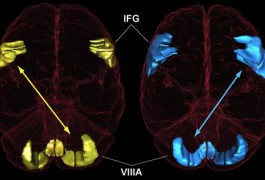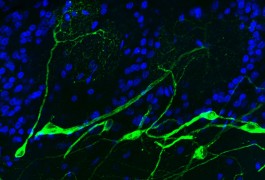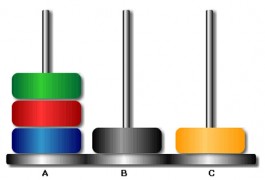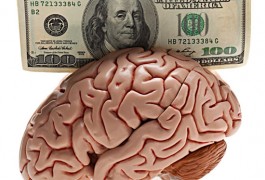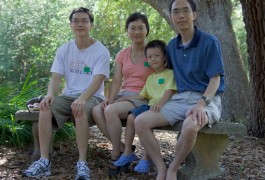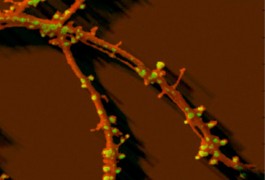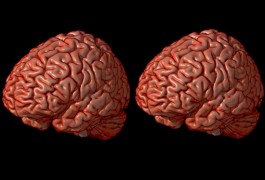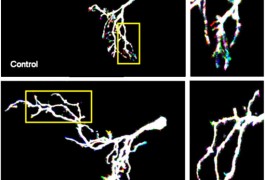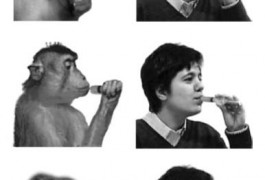Imaging study refutes mirror neuron theory of autism
Mirror neurons, which fire when someone either performs an action or observes it, are not defective in people with autism, scientists report today in Neuron. The findings dispute the theory that flaws in the mirror neuron system give rise to the disorder.

